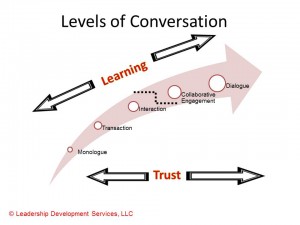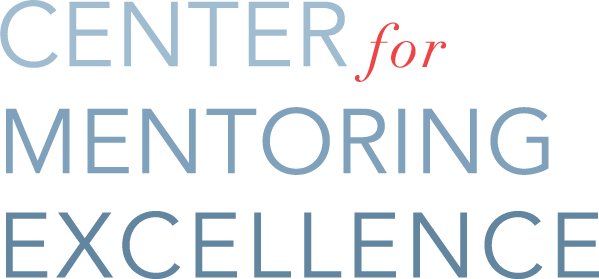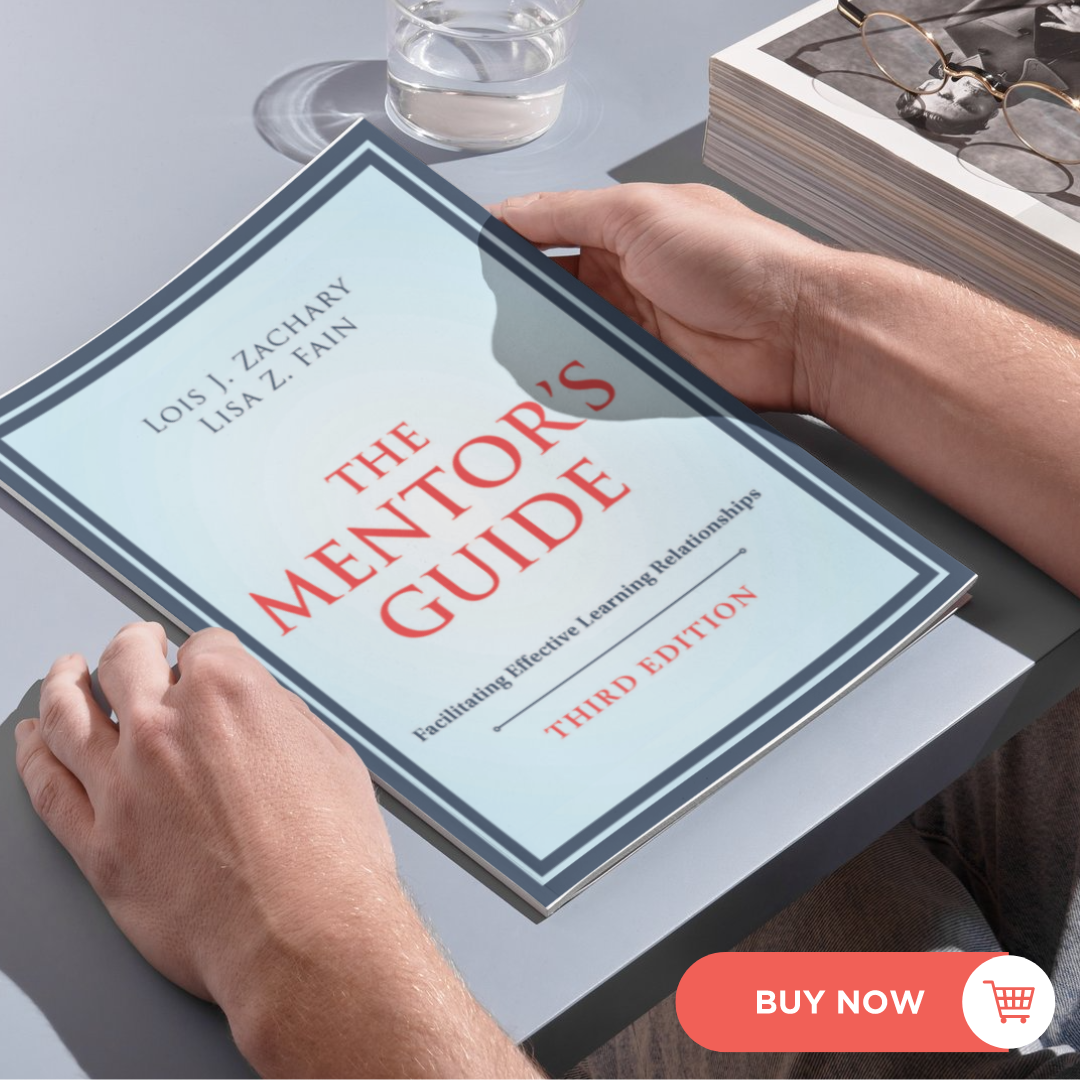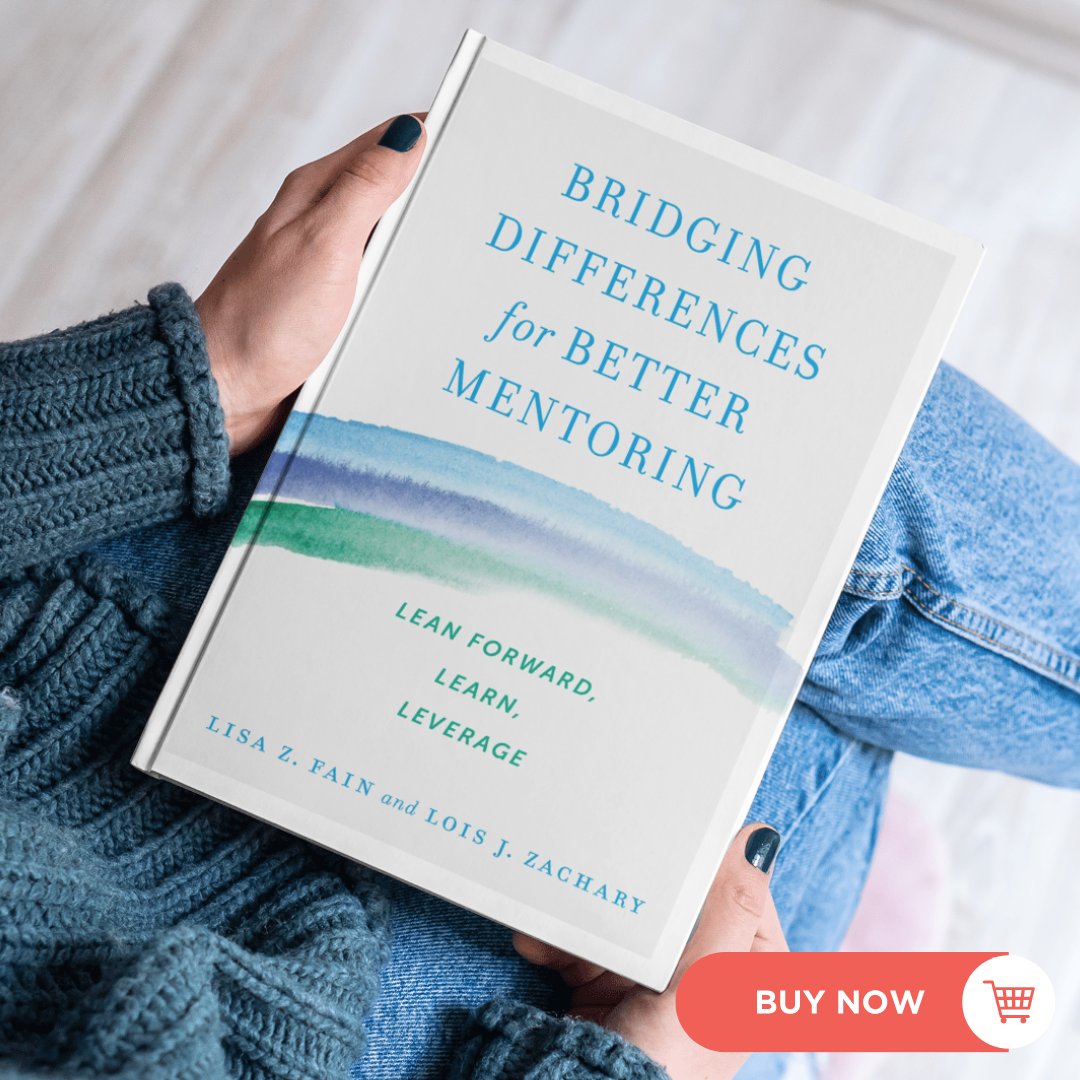Lately, we’ve received a lot of “aha” comments about our Levels of Conversation Model©, particularly as it applies to virtual mentoring. For some, our model serves as wake-up call—an alert about what is missing in a mentoring relationship. For some, it provides a handy reference tool for evaluating the quality of mentoring conversations. Others, after having thought about the model, realize that they never really engaged in conversation.

Virtual mentoring, by its very nature, seems to invite transaction rather than conversation. The exchange goes back and forth very quickly and expeditiously.
EF: Did you read the email I sent to you yesterday?
GH: I did.
EF: What did you think?
GH: Very helpful. Thanks a lot.
EF: How is the goal setting coming?
GH: I could use some help. Do you have any articles about how to set a goal?
EF: I do. Sending it along in the next email.
GH: Got it. Thanks.
Mentoring partners EF and GH exchange information. Communication is clear, tangible and concrete but the conversation doesn’t move anywhere; what remains is a surface transaction.
EFGH Redux
Collaborative engagement fosters deepened insight and reflection and partners seek to understand and explore ideas and learn from each other. There is openness to new insights and learning. Let’s look at that same virtual conversation when collaborate engagement is present. Note how “the EFGH conversation” deepens and takes the relationship to the next level.
EF: I am checking in to find out if you are ready to discuss the article I emailed yesterday. The questions that it raises about leadership really resonated for me and I hope for you. I am wondering what you thought.
GH: I did receive the article and printed it out so I could review it last night.
EF: What did you think?
GH: I found it thought-provoking as well, especially when the authors talked about the concept of vision. I use to think that vision was one of those “pie in the sky” concepts that you’re suppose to talk about – but truthfully, I haven’t ever seen or heard any of my own leaders ever do the “vision” thing. To me, it was more of something you read about but conceptually, but had no place in the real world. Your article made me rethink my position. For the first time, I can see how vision can be used to bind a team together and inspire a group to move forward. I also am thinking about how it much of inspiring a shared vision is my responsibility as a leader.
EF: Yes, vision, is important. I remember also thinking early on in my career that everyone seems to talk about “the vision thing” but it never about what it is and how to achieve it. I kept waiting for others to connect the dots and it never happened.
GH: I sure would like to learn that skill but I have no clue of where to start. Do you have some resources you could send me?
EF: I do, and I also think that that we have some great resources right in front of us – including you. I’d like you to think about “the vision thing” not just read about it. How about if you start by observing the leaders around you who inspire a shared vision? Maybe jot down some notes about what they say or do that enables them to inspire a shared vision. What do you think?
GH: Unfortunately, there aren’t that many that do it effectively. Nevertheless, It might be interesting for me to notice how what they say or do impacts those around them. Like their reactions…. As well as mine.
EF: I am glad to see you are committed to learning more about vision and how you can incorporate it into your leadership toolkit.
GH: Yes, I am ready to dig in. Let’s talk more about this next time and maybe we can frame it up into one of my mentoring goals. I would like to see how I can use vision and get some tangible results.
EF: Let’s do it!
The second “EFGH conversation” has forward movement. You can feel momentum gathering as the conversation moves the relationship to a new level. A qualitative shift has taken place in the dynamic and content of the conversation. Both EF and GH put new ideas out on the table and explore them together, creating new understandings. Both EF and GH were open and present.
7 Quick Strategies for Moving Toward Collaborative Engagement
1. Use information and resources use to enrich and deepen conversation.
2. Use information and resources to enrich and deepen mentoring conversation.
3. Use probing questions. For example: What? Where? When? Why? How?
4. Use clarifying questions. For example: Is that correct? How do you define that? Is that similar to?
5. Be reflective as you respond by paraphrasing what you hear. For example: So you feel that… So you are saying that… What I think I am hearing is…
6. Make sure you allot enough time to engage in conversation.
7. Check in with your mentee to make sure that meaningful learning is taking place during your conversation.


